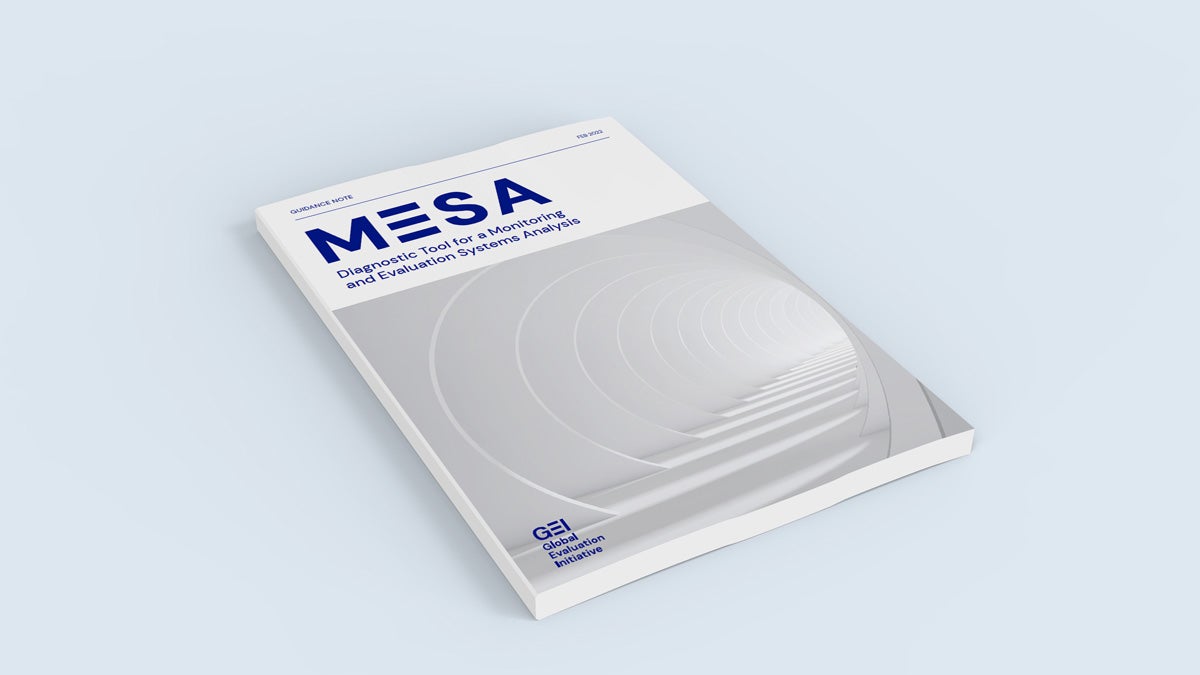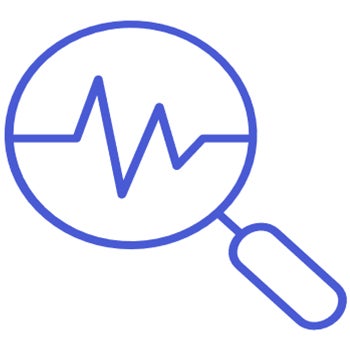Country Profile: This section provides an overview of the economic and social reality in the target country and considers some key economic and social indicators.
What is MESA?
The Monitoring and Evaluation Systems Analysis (MESA) tool is an important part of GEI’s integrated systems-based approach to supporting developing countries on their journey to strengthen monitoring, evaluation and evidence use. The MESA is a diagnostic tool that guides country stakeholders (e.g., government entities, evaluation professionals, civil society) in gathering, structuring and analyzing information on the current capacity of their country’s M&E ecosystem. It helps identify what is working well and what needs to be improved, informing capacity-development strategies meant to strengthen the economic, political, and social context that enables M&E to flourish.
A MESA is not an end in itself, but rather a means to gather, structure, and analyze information to inform and shape improvements to a country’s M&E systems. While there are many ways to carry out such a diagnostic, the GEI MESA adopts a mixed-method approach, using both quantitative and qualitative methodologies. It is comprehensive, but flexible – able to be adapted to local contexts, needs and interests. The MESA can be used with a view to analyzing the entire M&E ecosystem or only specific elements; it can be customized not only for countries, but also for subnational units or line ministries. The MESA tool is designed to lead to a report that can serve as a guide for preparing a capacity development strategy. It can also be used as a baseline of the country’s M&E situation, against which progress can be measured over time.

How does MESA work?

Examples of MESA
- CARICOM Regional Institutions - MESA Integrated Report (EN)
This report presents the main findings from the MESA diagnostic for the three pilot Regional Institutions. It provides information on the strengths and opportunities to operationalize RBM in those institutions. More detailed information can be found on the individual MESA of each institutions. - CARICOM Member States - MESA Integrated Report (EN)
This report presents the main findings from the MESA diagnostic for the three pilot member states. It provides information on the existing strengths and opportunities to operationalize RBM in those states. More detailed information on each pilot state can be found in the individual MESA reports. - Madagascar - MESA Report (FR)
The report describes the current state of the "evaluation" function in Madagascar, and highlights the country's level of readiness to make this function a key instrument of public policy effectiveness.
- The City of Recife (Brazil) - MESA Report (PT)
This report presents the main findings from the MESA diagnostic for the city of Recife, Brazil. It is a good example of how the MESA tool can be applied to the analysis of M&E ecosystems at municipal level.


